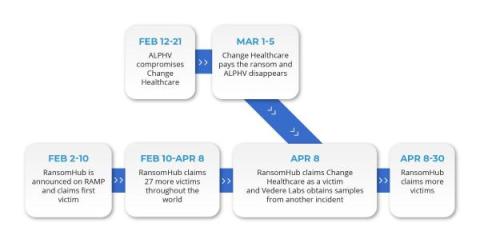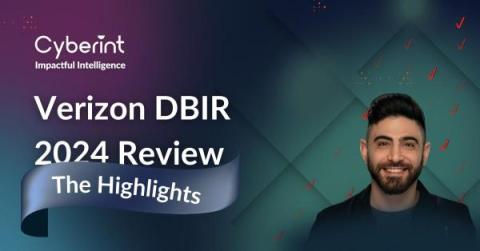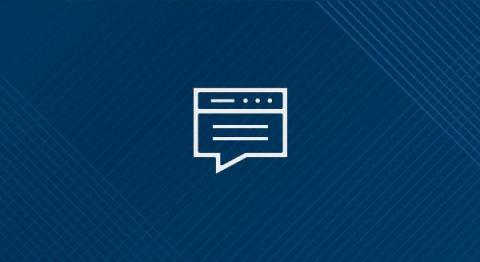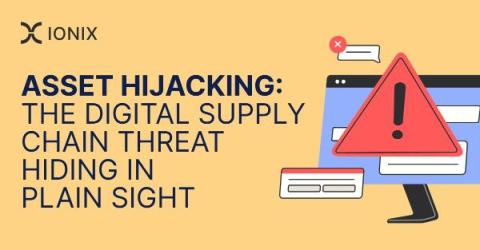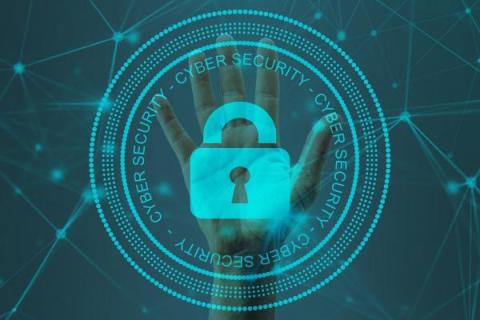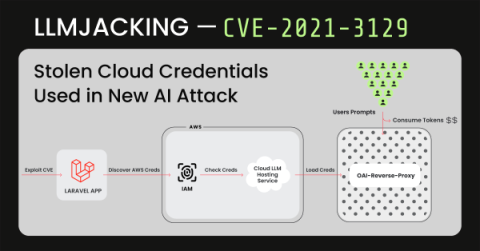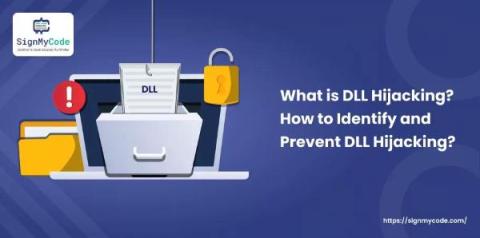Have you seen any of these signs? #shorts #hacker #cybersecurity #cyberattack #phonetips #techtips
Discovering your phone's been hacked is a headache, but acting fast can limit the damage. Here's what to do: By taking these steps promptly, you can minimize the potential fallout from a hacked phone and regain control over your digital security.



